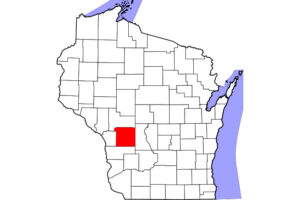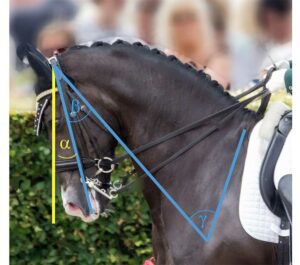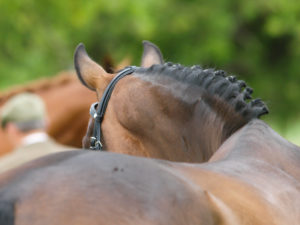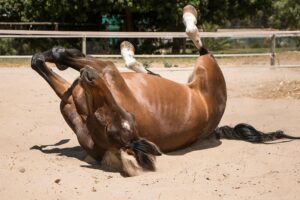Vets Confirm Idaho’s First 2019 Equid WNV Case

“Vaccination is shown to be efficacious in, if not preventing, then certainly lessening the severity of the infection and the adult horse’s recovery time,” said Bill Barton, DVM, Idaho’s State Veterinarian/Administrator.
The last confirmed equine WNV case in Idaho involved an 11-year-old Quarter Horse mare in Bingham County in September 2018. The Idaho Department of Agriculture confirmed five equine cases of WNV in 2018: one each in Bingham, Canyon, Clark, Jerome, and Owyhee counties. No human cases have been confirmed in Idaho in 2019.
WNV transmission occurs when infected mosquitoes feed on animals, as well as humans, after having fed on infected birds
Create a free account with TheHorse.com to view this content.
TheHorse.com is home to thousands of free articles about horse health care. In order to access some of our exclusive free content, you must be signed into TheHorse.com.
Start your free account today!
Already have an account?
and continue reading.
Written by:
Diane E. Rice
Related Articles
Stay on top of the most recent Horse Health news with



















